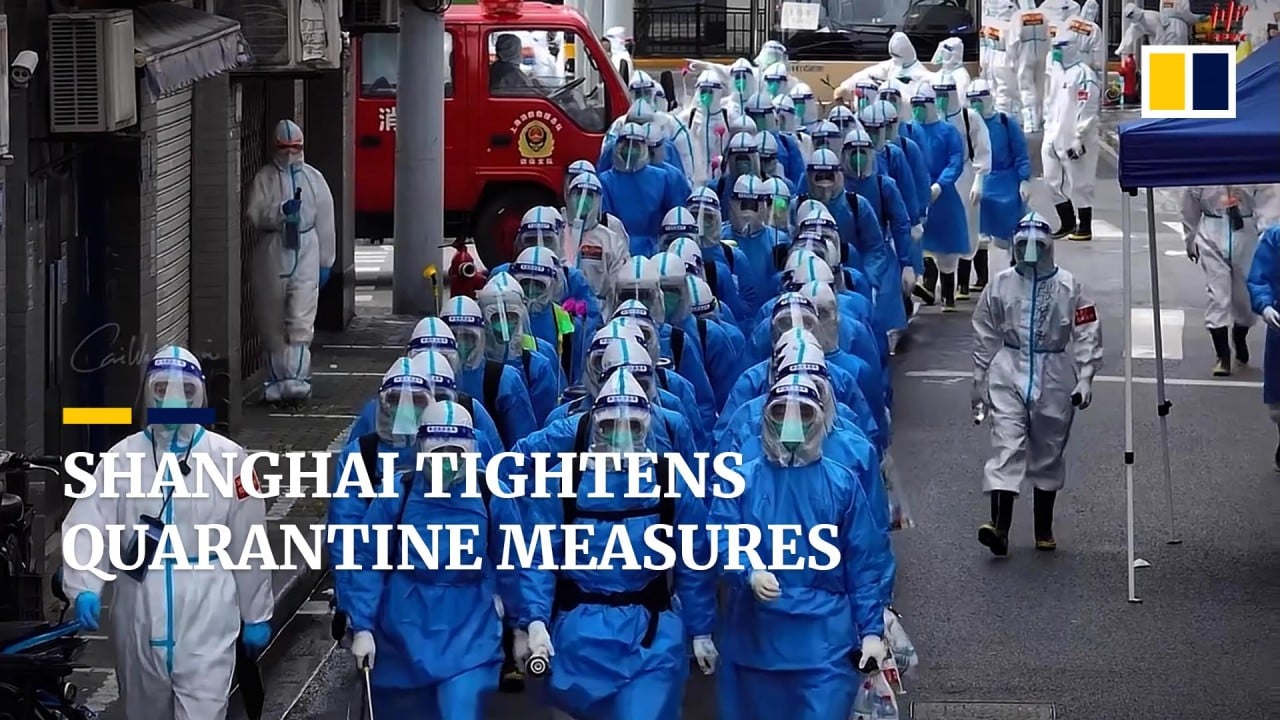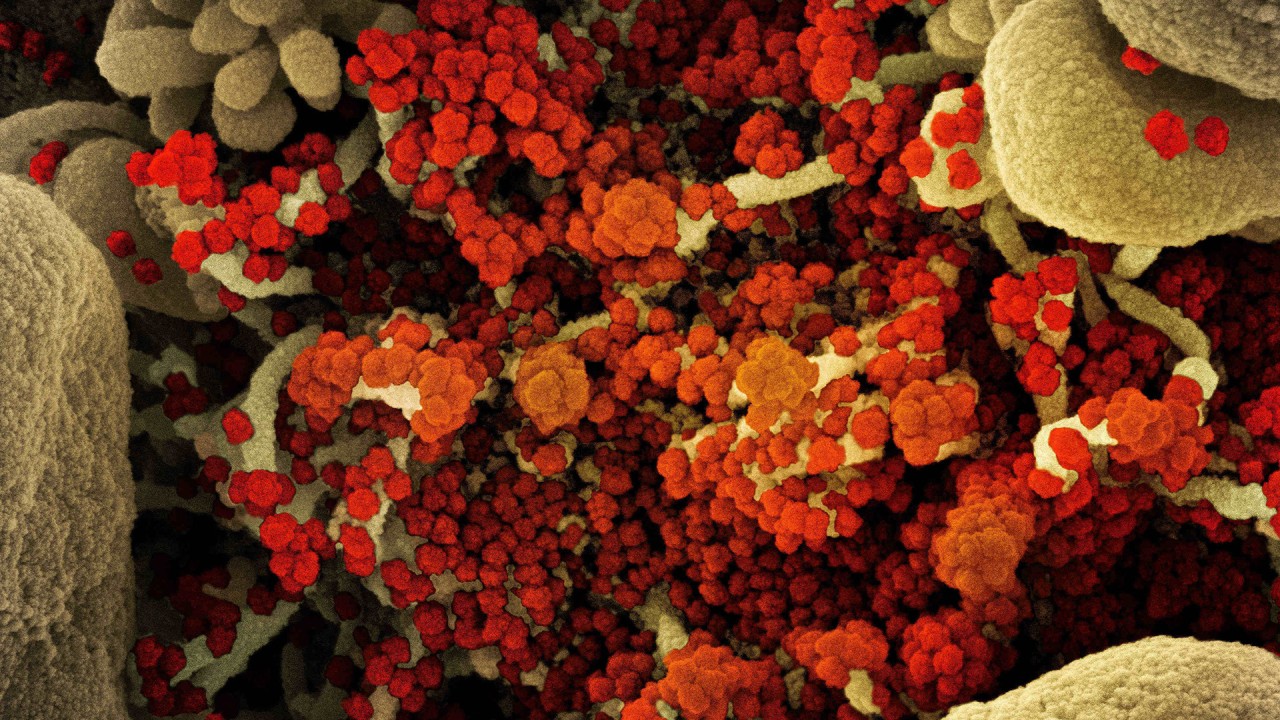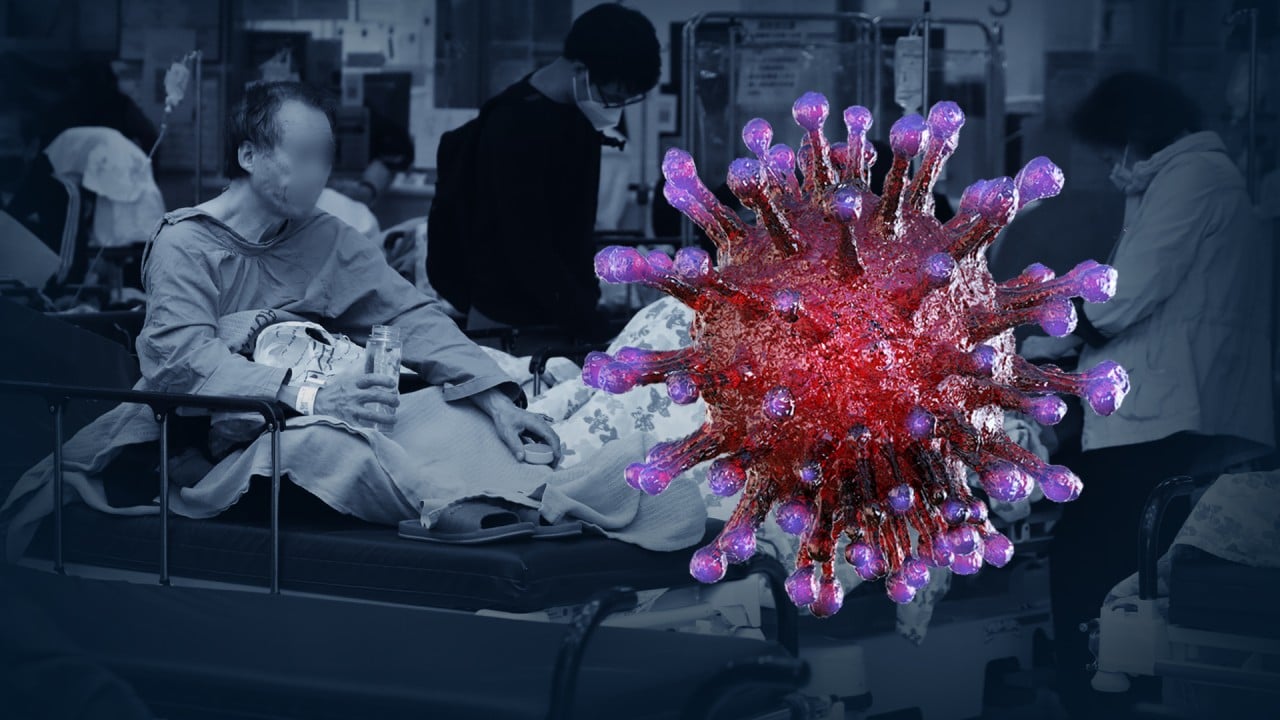
Why science, not ideology, is guiding China’s Covid-19 policy
- Beijing argues it has put people over profits and saved millions of lives. It is risking popular displeasure because many citizens still remain vulnerable and unvaccinated
- While the US could see up to 100 million new cases this year, China is focused on keeping the Omicron surge at bay while building testing capacity ahead of the next wave
It has become a bubbling, meme-like refrain on social media in China and beyond that the nation’s zero-Covid policies are the result of leftist and even Maoist ideological excesses, from the very top leadership down to the juweihui, or “neighbourhood committees”, tasked with local implementation, and sometimes doing so in ways that exceed their authority.
Even areas not under strict controls are affected, suffering economic disruptions to increasing anxiety that they might soon face the same fate.
However, in addition to the economic costs and growing unhappiness in locked-down areas, shifting international policies and perspectives are putting pressure on Beijing’s approach.
But Beijing’s response via foreign ministry spokesman Zhao Lijian was clear: he reiterated that China’s policies are based on science and pointed to statistical models suggesting the risk of 1.5 million deaths if controls were dropped.
There are five key points to consider when assessing Beijing’s insistence that science, and not ideology, is guiding decision-making:
First, the policies may enjoy institutional and broad public support, but the areas that have experienced lockdowns, which included some 400 million people by some estimates, have found the experience bruising, to say the least.
In short, it’s reasonable to conclude that officials would not resort to these policies to bolster political popularity unless they were certain that not doing so would create even greater unhappiness down the line.
Second, China’s success in containing and recovering from the initial outbreak, of saving millions of lives before vaccines were available, of restarting Chinese manufacturing and supplying the world with essential goods, and so on, points to a system with a firm grasp on how to handle the outbreak.
Third, one of the great misconceptions about Omicron is that it’s just a “big flu”. But while Omicron’s case fatality rate is lower, with many infections producing mild symptoms if there are any at all, it is more infectious and its capacity to reach vulnerable people is far greater.
Fourth, Omicron will not be the last Covid-19 wave that China has to fight. The BA. 4 and BA. 5 subvariants are spreading globally, with recently published studies indicating that they are more infectious, better at evading vaccine-triggered immunity, and that previous infections may not convey protection.
This helps to explain the Biden administration’s recent estimate that the US may see as many as 100 million new infections this autumn and winter. This is despite roughly 60 per cent of the population having been infected, including asymptomatic ones, with 66 per cent considered “fully vaccinated”, nearly 50 per cent with one booster, and about 11 million with a second.
But Paxlovid comes with severe contraindications with drugs commonly used by those most vulnerable to Covid-19 and, besides, it can only be taken after an infection but before the onset of serious illness. But how do you know if you’re infected if there’s no capacity for mass, regular and reliable testing?
A year ago, some scholars asked if the pandemic was creating opportunities for the emergence of bio-superpowers. It’s time to revisit this conversation, as China may once again encounter strategic opportunities later this year and the next, with broad implications for health and safety in China, but also for ongoing US efforts to advance against China in Asia and beyond.
Josef Gregory Mahoney is professor of politics and international relations at East China Normal University and senior research fellow with the Institute for the Development of Socialism with Chinese Characteristics at Southeast University





